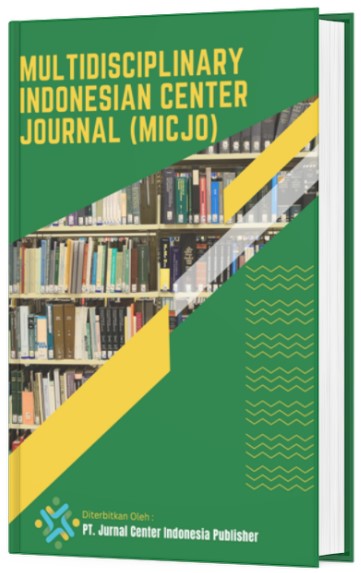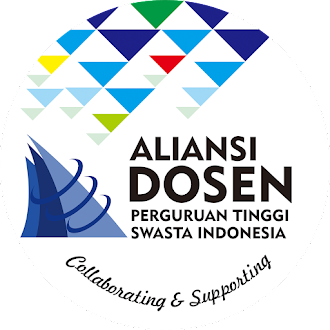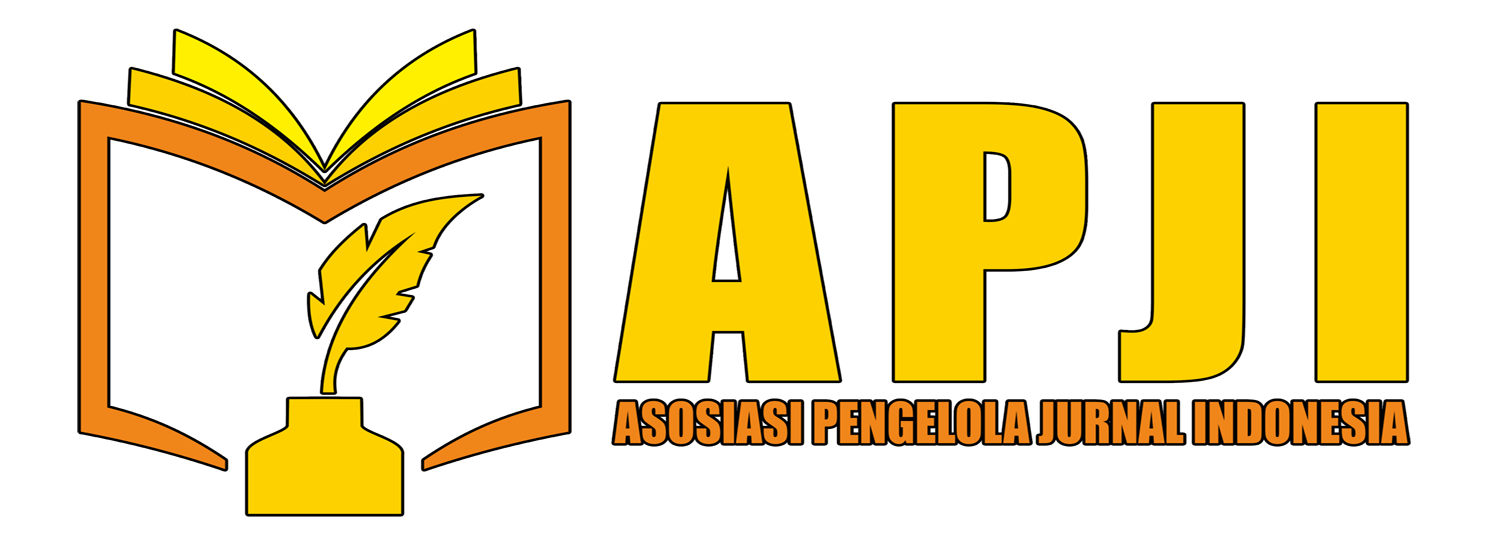LENDAWI (THE LANNY TRIBE LAMENTATION): ITS STRUCTURE, TYPES, AND SOCIO-CULTURAL VALUES
DOI:
https://doi.org/10.62567/micjo.v2i3.789Keywords:
Lanny tribe lamentation, structure, types, socio-cultural valuesAbstract
This study centered on the Lendawi (The Lanny Tribe Lamentation): Its Structure, Types, and Socio-Cultural Values. This Lendawi, as part of the Lanny culture, should be carried out by the Lanny community. The objectives are (1) to explain the structure of the Lendawi (Lanny lamentation), (2) to find out the type of stanza among the Lanny tribe, (3) to discuss on what occasions the Lendawi (Lanny lamentation) lamented, and (4) to elaborate the socio-cultural values contained in the Lendawi (Lanny lamentation). This research is qualitative because it only gives explanations about a problem in the form of words, not numbers. The writer found a structural pattern in the lendawi structure. Pattern (1) for men: silent trigger (inhale) + men starting pattern (2) for women: silent trigger (inhale) + women starting. Occasion: (1) to mourn the death of twenty-one people; (2) to welcome the new family who has just returned from a foreign land; (3) to release the family member to go overseas; (4) to release a girl to marry and follow her husband; (5) to remember a family member who has died; (6) to thank people for offering; (7) to mourn for a person who looks similar to a family member (dead or alive); and (8) to think about hard work in the garden that used to be shared with other family members (either dead or alive but living in some other place). Types of stanzas range from 3 lines (triplet) up to 12 lines (sonnet) or more. Sociocultural values are as follows: 1. Kinship address, 2. Using local cultural expressions, e.g., “rainfall,” “white, 3. Mount Tari, 4. The Donggi and Konda rivers 5. The Walem bird 6. The Gweage River, 9. The Ugwa River, 12. The Prikokir Bird 13. Special respect for uncles (mother’s brothers), 14. The Mukoko Clan, and 15. Grandmother as a protector for orphans.
Downloads
References
Abas, A., Aziz, A., & Awang, A. (2022). A Systematic Review on the Local Wisdom of Indigenous People in Nature Conservation. Sustainability, 14(6), 3415. https://doi.org/10.3390/su14063415
Cuddon, J. A. (1999). Dictionary of literary terms & literary theory (Fourth Edition). England Penguin Putnam Inc, 375 Hudson Street, New York,10014, USA: Penguin Group.
Dur, B. İ. U. (2014). Reflection of Anatolian Culture in Poster Design. Procedia - Social and Behavioral Sciences, 122, 230–235. https://doi.org/10.1016/j.sbspro.2014.01.1333
Fatubun, R. R. (2021). Archetypes in Biak folktales: Characters, symbols, and concepts. Linguistics and Culture Review, 5(1), 230–246. https://doi.org/10.21744/lingcure.v5n1.1483
Ino, L., Umiyati, M., Marhadi, A., Nirmalasi, & Ndruru, F. (2020). ISSHE 2020. Proceedings of the First International Seminar Social Science Humanities and Education. Kendari, Southeast Sulawesi, Indonesia: Research Meets Innovation.
Iroh, E. O. (2022). Adaptation of drama to storytelling for classroom teaching: The modern training institute, Uyo experiment. UJAH: Unizik Journal of Arts and Humanities, 23(1), 263–286. https://doi.org/10.4314/ujah.v23i1.10
Kogoya, N., & Halitopo, M. (2024). The Structure of Lanny Oral Literature: A Critical View. (2), 54–63. https://jurnal.unka.ac.id/index.php/jelpa/article/view/970
Lwin, S. M. (2015). Using Folktales for Language Teaching.
Maharani, S. A. I. (2016). Translation Strategy of Figure of Speech in Short Story. Lingual: Journal of Language and Culture, 2(2). https://doi.org/10.24843/LJLC.2016.v02.i02.p11
Maharani, S. A. I. (2020). THE THREE DIMENSIONAL ASPECTS OF THE MAIN CHARACTER OF THE GREAT GATSBY. 1(2).
Maswekan, M., Tahitu, A., & Nanuru, R. F. (2018). Symbolic and Socio-cultural Meaning Tanimbar Woven Fabric. 187. https://doi.org/10.2991/icrpc-18.2019.23
Muhammad, S. A., & Rosdi, N. M. (2022). Understanding the Socio-cultural Sustainability of Kedah Royalty and the Influences on the Palace’s Architecture. IOP Conference Series: Earth and Environmental Science, 1102(1), 012069. https://doi.org/10.1088/1755-1315/1102/1/012069
Oatey, H. (2012). Global PAD Core Concept. 1–21. http://go.warwick.ac.uk/globalpadintercultural
Viscayanti Budi, D. (2018). SOCIAL STRUCTURE OF MATERIALCHAL SOCIETY IN CHARLOTTE GILMAN’S SHERLAND. DIPONEGORO, Semarang.
Worsham, J., & Kalita, J. (2018). Genre Identification and the Compositional Effect of Genre in Literature. Santa Fe, New Mexico, USA, 1963–1973.
Yektiningtyas, W., & Dewi, N. (2023). “THE SUN IS WATCHING”: UNRAVELING THE SENTANI PEOPLE’S ECOLOGICAL KNOWLEDGE THROUGH FOLKLORE.
Downloads
Published
How to Cite
Issue
Section
License
Copyright (c) 2025 Manase Halitopo, Pemius Yikwa , Napius Kogoya

This work is licensed under a Creative Commons Attribution-ShareAlike 4.0 International License.


















